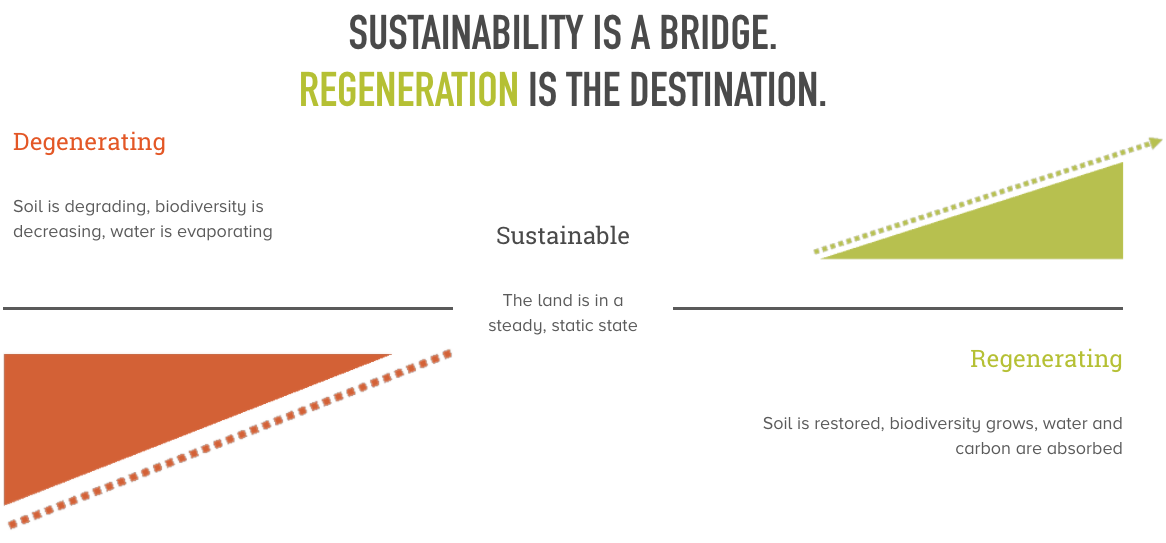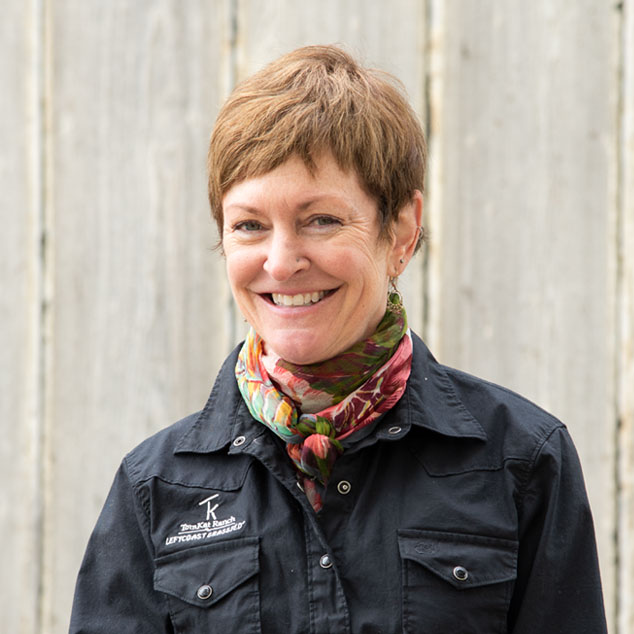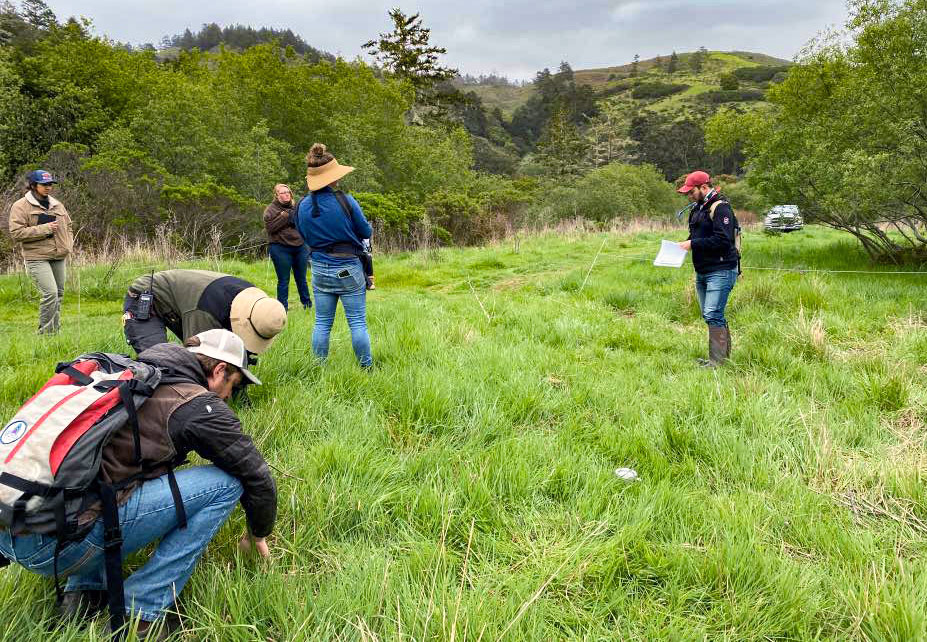Joining the Savory EOV Program and Moving Towards Regeneration Verification

Copyright, Savory Institute – EOV concept diagram.
06/18/2021
By: Kathy Webster
 We recently completed the Savory Institute’s onboarding process for the Ecological Outcomes Verification™ (EOV™) as part of their Land to Market certification. EOV is a protocol for monitoring land health that measures and identifies trends in leading (things that change quickly such as diversity or amount of bare ground) and lagging (things that can be slow to change, like soil carbon) indicators of ecosystem function.
We recently completed the Savory Institute’s onboarding process for the Ecological Outcomes Verification™ (EOV™) as part of their Land to Market certification. EOV is a protocol for monitoring land health that measures and identifies trends in leading (things that change quickly such as diversity or amount of bare ground) and lagging (things that can be slow to change, like soil carbon) indicators of ecosystem function.
EOV measures trends in soil health, biodiversity, water cycle, mineral cycle, energy flow, and community dynamics which, in the aggregate, indicate positive or negative trends in the overall health of a ranch or farm operation. The Savory Institute provides this information as feedback to farmers and ranchers while also taking into account contextual variances such as cultural and economic circumstances. Overall, the EOV information collection and feedback protocol helps farmers and ranchers make better holistic management decisions.
In order to understand the potential of different ranch or farm operations, differences between ecological regions must be taken into account. That is why we like that the EOV monitoring system accounts for differences in ecological regions and holistically measures the outcomes of land management decisions specific to those regions. Ecological regions, or ecoregions, are defined as areas influenced and impacted by local climate, geology, and landforms. For example, California’s ecoregion will have very different results from Georgia as California is a Mediterranean climate and Georgia is a humid subtropical climate.
As part of the onboarding process, a Savory-certified verifier visits a ranch or farm to establish baseline monitoring sites for both short- and long-term indicators of ecosystem status. Typically, verifiers from regional Savory Network Hubs deploy and monitor local raches, even their own. In our case, our Savory verifier was Walker Kehrer— former intern, apprentice, and journeyman at TomKat Ranch. Following his time at TomKat Ranch, Walker went to work at Thousand Hills Grassfed in Minnesota, also a Savory Hub, and has become their regional EOV verifier as well as the person that oversees Holistic Management compliance for Thousand Hill’s partnering ranches.

Walker Kehrer explaining the EOV landscape monitoring protocols to TomKat Ranch staff.
As TomKat Ranch is a “learning lab,” we were eager to use Walker’s visit as an educational opportunity for our apprentices and staff to learn about the EOV evaluation process and the metrics of regenerative grazing from the Savory perspective.
The group established baseline points for the short-term monitoring sites – ten 30-by-30 sq ft blocks that represent TomKat Ranch’s ecoregions. Each block was carefully evaluated and rated for indicators, including living organisms (wildlife) present, degree of visible bare soil, manure presence and the rate of its decomposition, as well as the overall diversity of plant species, from grass to shrubs and trees.
Each key indicator is a way to measure the status of the site’s ecosystem health and eventually becomes part of the feedback Savory provides to the rancher or farmer. The monitoring then happens at the same time each year taking into account the variability of climate conditions such as drought or temperature-deviations-from-normal.
In addition to the short-term, or yearly, monitoring sites, we set up the first of our long-term monitoring sites as well. Long-term monitoring tracks changes over 5-year periods using EOV methods and protocols including photographic documentation and line transects. The transects are important because they yield high-quality detailed data of the site’s ecosystem processes and trends. Each year we will add one more long-term site until we have reached a total of three. The number of long-term sites are dependent on the size and diversity of the ecoregion in which the ranch or farm exists; in our case three were recommended.
We are excited to be a part of a scientific methodology that measures and tracks ecological outcomes on ranches and farms. Assessing key indicators of the effectiveness of our management and the health of our ecosystem is key to our adaptive management decisions and validates progress toward our regenerative goals.